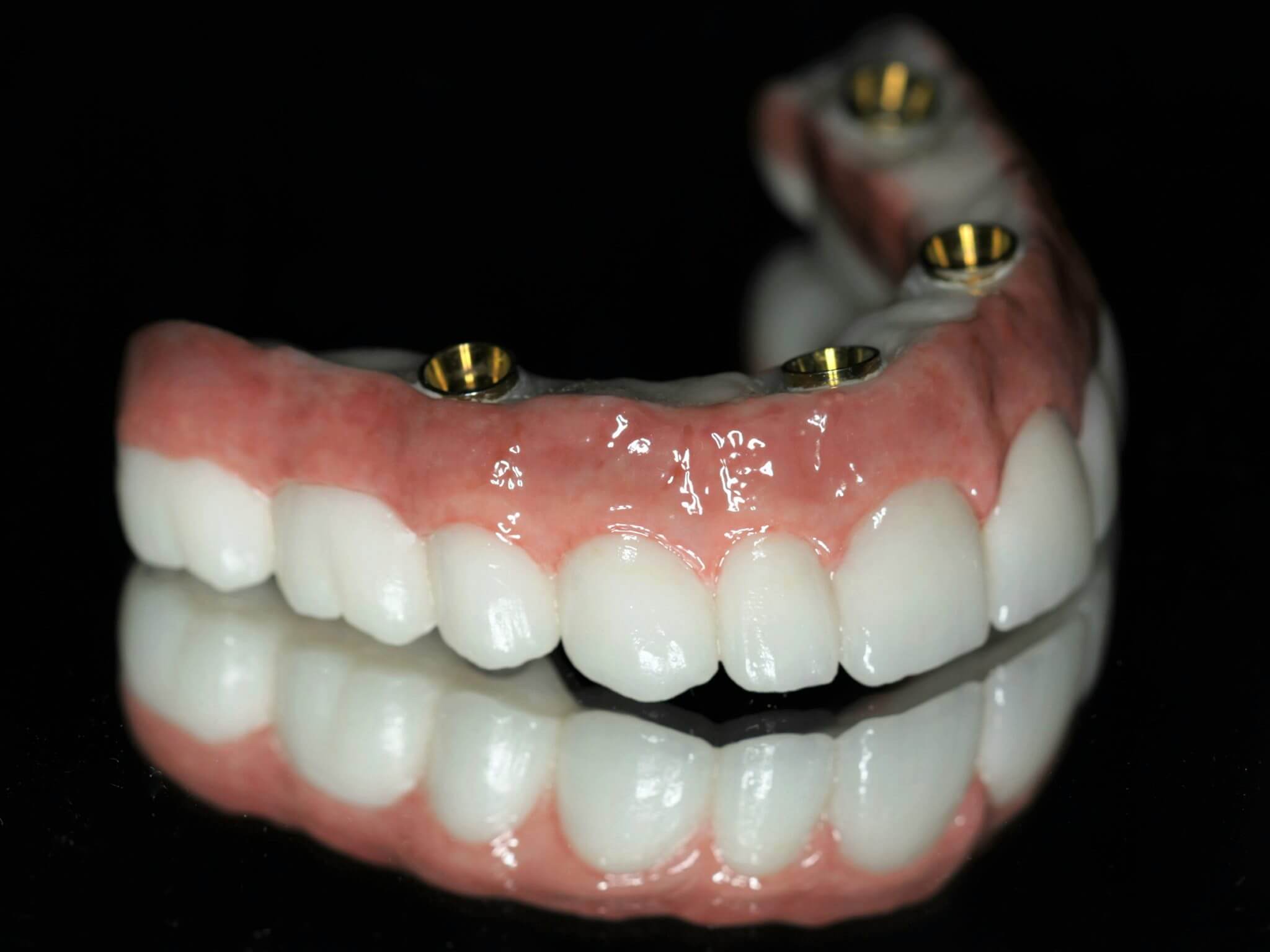Getting My Dental Sense To Work
Getting My Dental Sense To Work
Blog Article
Everything about Dental Sense
Table of ContentsWhat Does Dental Sense Mean?6 Easy Facts About Dental Sense ExplainedThe Dental Sense PDFsThe Single Strategy To Use For Dental Sense
are clinical gadgets surgically implanted right into the jaw to restore a person's capacity to chew or their appearance. They provide assistance for man-made (fake) teeth, such as crowns, bridges, or dentures. When a tooth is shed as a result of injury or illness, a person can experience difficulties such as fast bone loss, defective speech, or adjustments to chewing patterns that cause pain.Dental dental implant systems include an oral implant body and oral implant abutment and might likewise include a joint fixation screw. Same day dental implants. The oral implant body is operatively inserted in the jawbone in area of the tooth's root. The oral implant joint is typically affixed to the implant body by the joint fixation screw and prolongs with periodontals into the mouth to sustain the connected fabricated teeth
(https://anyflip.com/homepage/wpqva#About)Structure of The Dental Implant System selecting dental implants, talk with your dental company concerning the prospective advantages and threats, and whether you are a prospect for the treatment. Points to consider: Your overall health and wellness is an important consider figuring out whether you are a good prospect for oral implants, for how long it will require to recover, and just how long the implant might remain in location.
Smoking might influence the recovery procedure and decrease the long-lasting success of the dental implant. The recovery process for the implant body may take a number of months or longer, during which time you normally have a short-lived abutment in area of the tooth. the dental implant procedure: Very carefully comply with the dental hygiene guidelines provided to you by your oral service provider.
Little Known Questions About Dental Sense.
Implant failure can result in the need for an additional surgery to deal with or change the implant system. Recovers the capability to chew Recovers aesthetic appearance Aids maintain the jawbone from reducing as a result of bone loss Preserves the health of the surrounding bone and gums Assists maintain surrounding (close-by) teeth stable Improves lifestyle Damages to bordering all-natural teeth throughout dental implant positioning Injury to the surrounding cells during surgical procedure, such as sinus perforation Injury during surgical procedure (as an example, crack of surrounding jawbone) Insufficient feature, such as really feeling like the teeth do not bite together typically A feeling that the tooth is loose or twisting in area resulting from an abutment screw loosening Implant body failure (looseness of the implant body) due to systemic infection, which may be most likely in clients with uncontrolled diabetics issues due to neighborhood infection in bone and periodontals supporting the implant body as a result of postponed recovery, which may be more probable in clients who smoke Trouble cleansing the periodontals around the implant, resulting in inadequate dental hygiene Untreated gum disease Post-surgical tingling due to nerve impingement or damage Constantly notify healthcare service providers and imaging specialists that you have oral implants prior to any magnetic resonance imaging (MRI) or x-ray treatments.
FDA is not conscious of any kind of unfavorable events reported for MRI or x-ray treatments with dental implants. Dental implants systems are normally constructed from materials that follow international agreement requirements of the International Organization for Standardization (ISO) or ASTM International. These criteria have details of what makes a secure product.

A dental implant is a framework that changes a missing out on tooth. With screw-like devices, the specialist inserts an implant right into the jawbone, and it functions as an anchor for a man-made tooth, called a crown. A device called an abutment links the artificial tooth to the dental implant. The crown is customized to fit the person's mouth and match the shade of their teeth.
Dental Sense Can Be Fun For Anyone
Some individuals are not eligible for dental implant surgery. It is for dental surgeons to run on people with: severe illnessuncontrollable metabolic diseasebone or soft tissue condition or infectionIf these problems are solved, a person can have the surgical procedure. In, oral specialists refrain from operating individuals with: If people with any one of the above undertake dental implant surgery, there is a greater risk of the implant stopping working.

Oral dental implant surgical treatment is a personalized visit process. It's not the exact same for everybody. Yet the adhering to gives a general overview of what you can expect your dental expert, oral cosmetic surgeon, periodontist or prosthodontist to do: Put the implant surgically. Give you time to heal. Affix the post and last crown, bridge or denture.
Next, your surgeon will thoroughly place the dental implant into your jaw. If your dental implant is near the front of your mouth, your dental expert will make a temporary tooth for you to use till you heal.
9 Simple Techniques For Dental Sense
Your copyright can tell you what to anticipate in your situation. During the healing phase, your jawbone needs to fuse to the dental implant. This procedure, called osseointegration, is important for security and lasting success. This procedure can take anywhere from 3 to 9 months. In some cases, it might take longer.
Once your dental implant heals, your dental professional can attach the joint (little connector message) and your final restoration (crown, bridge or denture). This normally takes concerning one hour to complete and might require a second minor surgical treatment. You shouldn't feel any discomfort during your dental implant treatment due to the fact that your company will use drug to numb your gums.
Report this page